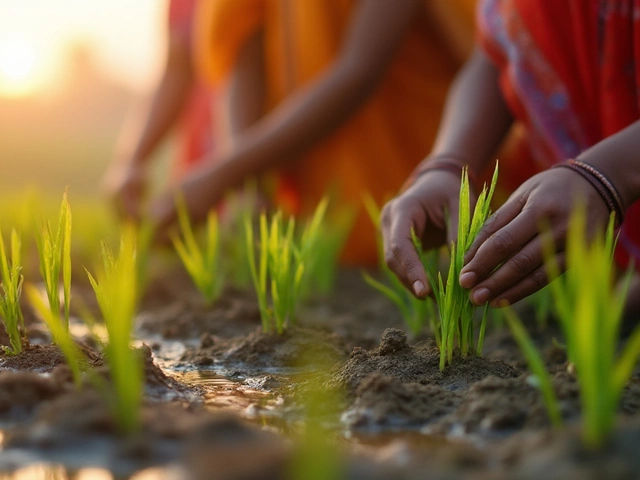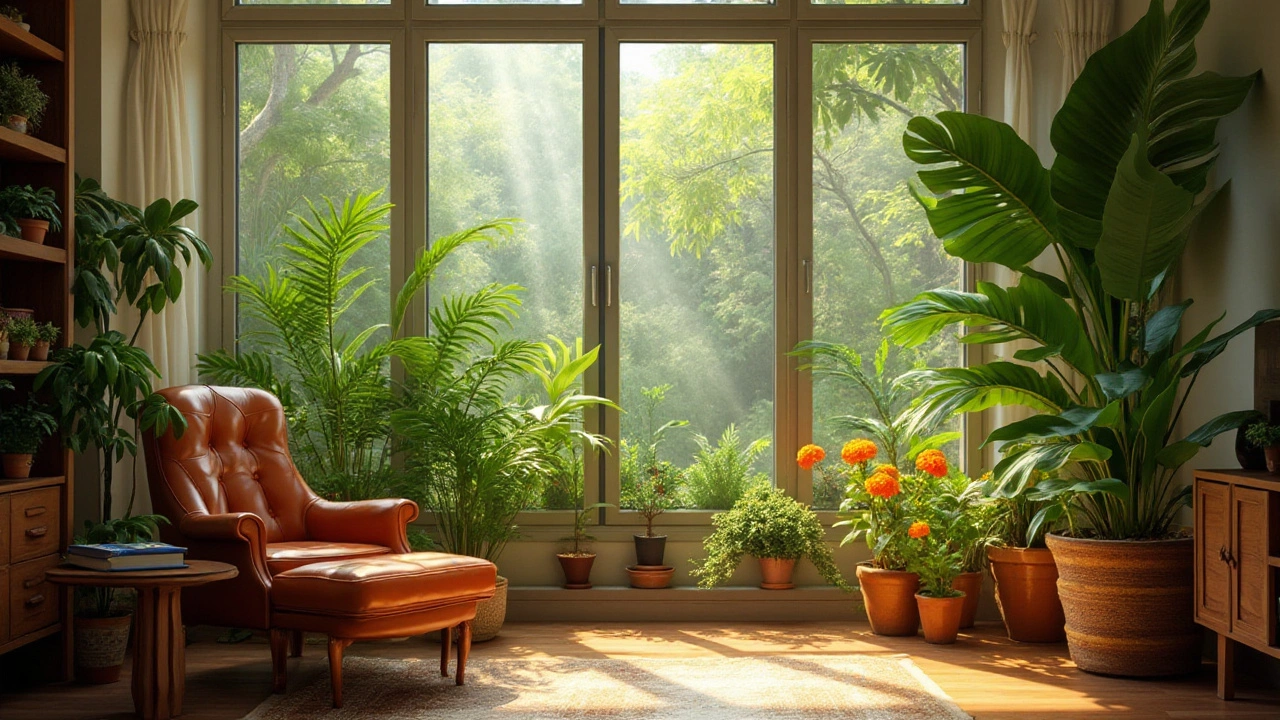Indian Plants: Your Go‑to Guide for Growing Native Greenery
India’s climate is a mix of tropical heat, monsoon rains, and cool hills. That means the plants that thrive here are different from those in Europe or the US. Using native Indian plants saves water, cuts pest trouble, and keeps the garden looking natural.
First step? Know your zone. From the dry Deccan plateau to the humid coastal belts, each region has its own set of stars. Check a simple climate map or ask a local extension office which plants are best for your area. It’s easier than guessing and you’ll see results faster.
Choosing the Right Indian Plants for Your Zone
For hot, dry zones, think about drought‑tolerant species like Neem (Azadirachta indica), Bael (Aegle marmelos), or Marigold (Tagetes). They love sunshine and need little water once established. In rainy zones, look for moisture‑loving plants such as Hibiscus, Jasmine, or Lotus. If you have a cooler hill garden, Rhododendron and Primula will feel at home.
When you pick a plant, check its leaf size, root depth, and flowering time. Bigger leaves need more shade, while deep roots can handle compact soil. Picking a mix that blooms at different times keeps the garden colorful all year.
Caring for Indian Plants: Water, Soil, and Pest Tips
Watering is the biggest mistake many gardeners make. New plants need regular water until roots spread, then you can cut back. A good rule is to water early in the morning so leaves dry before sunset, reducing fungal risk.
Soil in many Indian regions is heavy clay or sandy. Improve texture with compost, coarse sand, or shredded leaves. Loose soil lets roots breathe and drains excess rain.
Pests are part of the game, but you can keep them under control with natural tricks. Coffee grounds help improve soil but stay away from plants that dislike them, like roses or azaleas. Companion planting—pairing marigolds with tomatoes, for example—repels nematodes and insects without chemicals.
Mulching with straw, coconut husk, or dry leaves keeps moisture in and weeds down. It also adds organic matter as it breaks down, feeding the soil.
Finally, keep an eye on the weather. A sudden cold snap can damage tender seedlings. Cover them with a light cloth or move potted plants indoors for a few days.
With these simple steps—knowing your zone, choosing the right native species, and giving them proper water, soil, and pest care—you’ll see a healthier, more vibrant garden that fits India’s unique climate. Ready to get started? Grab a few seedlings from a local nursery and watch your garden come alive.
Discovering Native Indian Plants: A Seasonal Guide
India's diverse climate and geography have cultivated a rich array of native plants intrinsic to its culture and ecology. This guide explores the fascinating world of India's indigenous flora, shedding light on their seasonal growth patterns, significance, and uses. From the sacred banyan tree to the aromatic sandalwood, these plants contribute to the environmental tapestry and societal traditions of the region. Whether you are a gardening enthusiast or a cultural explorer, understanding these plants offers a window into India's natural beauty. Join us as we journey through the seasons to discover the vibrant foliage that calls India home.
Top Indian Seasonal Plants to Brighten Your Home
Exploring the best plants for Indian homes requires consideration of climate, space, and personal preferences. This article guides you through selecting seasonal plants suitable for Indian climates, ensuring your living space is lively all year round. From vibrant blooms to lush leaves, discover plants that thrive indoors and bring fresh air. Tips on care and placement can help maintain a healthy, verdant environment.
About
Seasonal Plants, Gardening
Latest Posts
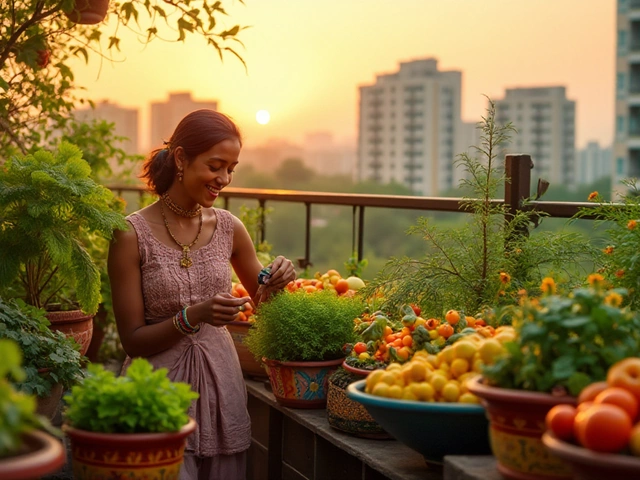
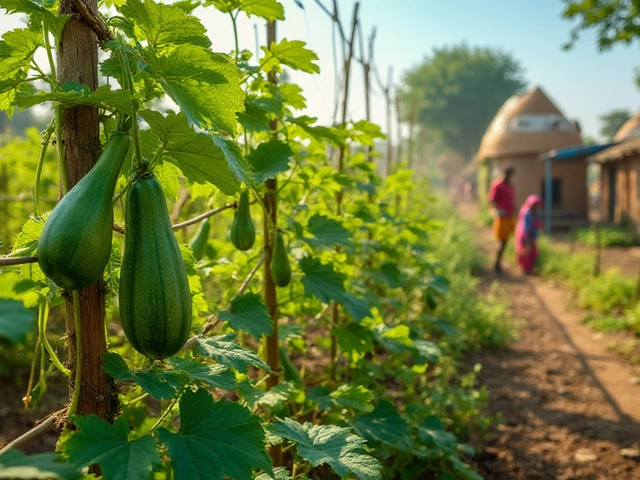
Unique Indian Bottle Gourd: A Gardening Treasure
By Alden Thorne Jan 1, 2025

Vegetables That Grow Well Next to Each Other: Smart Pairings for a Healthy Garden
By Alden Thorne May 13, 2025
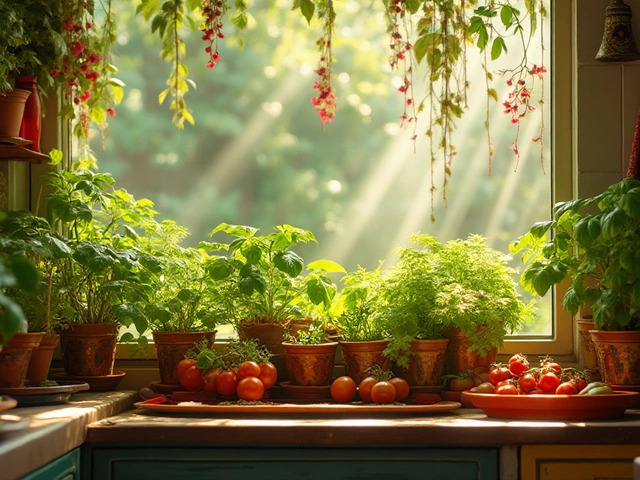
Grow Fresh Vegetables in Your Kitchen: A Complete Guide
By Alden Thorne Jan 1, 2025
